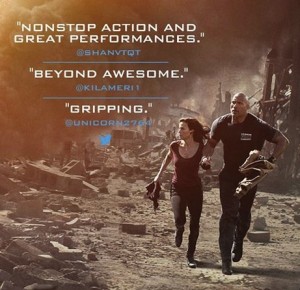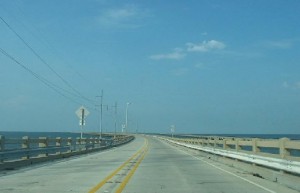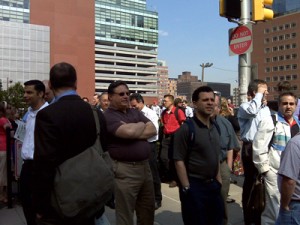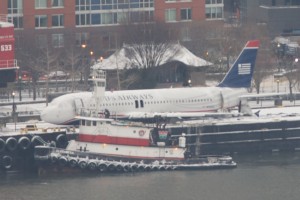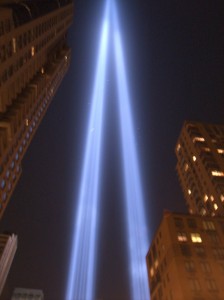In the first edition of Prepare for the Worst, Plan for the Best: Disaster Preparedness and Recovery for Small Businesses (then titled Contingency Planning and Disaster Recovery: A Small Business Guide), I wrote of the power of emotion in recovering from disaster. And that includes reliving your experience of a major disaster when other events trigger those memories. So for those of us who were in the World Trade Center or elsewhere in Lower Manhattan, the media coverage of the terrorist attacks in Paris can be quite stressful. There are too many similarities between our experiences; for example, you see psychologists on the television news advising parents as to what they should say to their children who are struggling to understand what happened.
So I decided to follow my own advice and take a break. Not long after 9-11, I visited an arboretum in New Jersey and found the respite afforded by the beauty of nature to help deal with the stress of my experience. This evening, I joined the ladies of “Read Read Wine” at the Biltmore Hotel in Providence, Rhode Island to welcome author Marilyn Lazzari-Wing, author of Blue Skies, Green Hell. We had an engaging conversation with the author over wine and dinner. “Read Read Wine” members describe the group as a “wine club with a reading problem”.
Blue Skies, Green Hell tells the story of a whirlwind romance that began when the author visited her sister in Venezuela where she received a marriage proposal from Frank Lazzari at their very first meeting. Lazzari was setting up a bush pilot service and so did not have time for a more conventional courtship. The author accepted the proposal; two weeks later, the couple was married. Together, they challenged the odds of flying single engine aircraft over Venezuela’s vast wilderness to deliver supplies to remote and otherwise inaccessible communities. The book is an account of their adventures in the air and on the ground.
But what I found even more engaging than the book was the author herself. Marilyn Lazzari-Wing is a force of nature. At 86 years young, she is eager to continue learning and even returned to flight school to refresh her pilot’s license. She has an infectious joy and zest for living. And I want to thank her and the ladies of “Read Read Wine” for a great evening of conversation and wine and a respite from what was an otherwise stressful week. I recommend this book wholeheartedly. And if you survived a disaster, you may find the news media reports of the events in Paris to be overwhelming at times, so take care of yourself. Everyone needs a break from time to time to recharge so we keep our stamina to help others.

